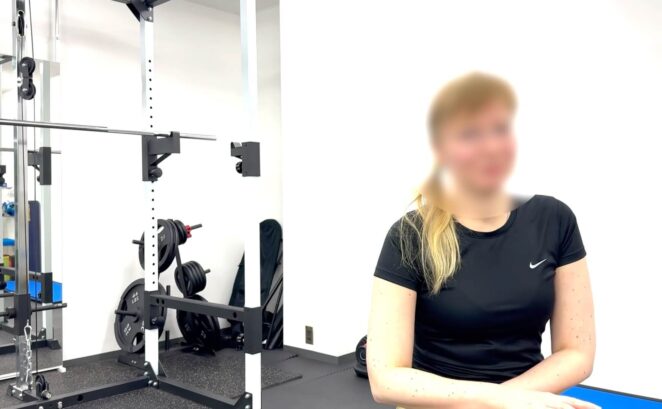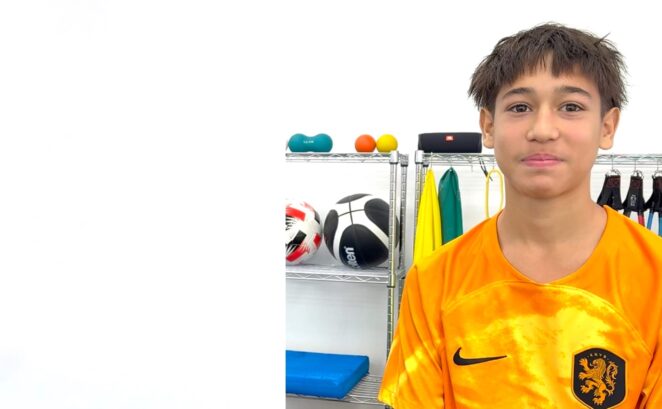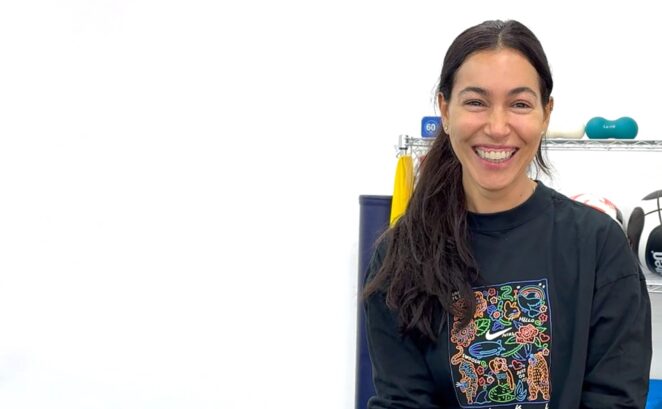2024.04.11
English
『I couldn’t even carry a pot before coming here』Feedback of Rehabilitation for shoulder labrum tear
執筆中尾 優作(理学療法士/プロスポーツトレーナー)
ヨーロッパの大学、大学院で理学療法を学ぶ。欧州サッカー、日本のB.LEAGUEでトレーナーとして活動したのち、地元神戸三宮にメディカルフィットネスジム【Lifelong】を設立。トップアスリートを始め、"病院で治らない痛み"に悩む人にワンランク上のリハビリを提供する。
Layla came to our clinic troubled by a labral tear in her shoulder joint.
She experienced intense pain when raising her arm, making it extremely difficult to raise her hand above her shoulder.
The pain was so severe that she mentioned “Couldn’t even hold a kettle filled with hot water” when she came to seek advice.
Upon examining her, we found that the muscles in the front of her upper body were tight, causing a hunched posture.
Additionally, when moving her shoulder, she was using the larger muscles around the shoulder too much, while the smaller muscles responsible for stabilizing the joint were not functioning properly.
This resulted in a poor angle between the scapula and the arm joint, causing the labral tear to pinch every time she moved her shoulder.
Through exercise therapy, we stretched the tight muscles, strengthened the weak muscles, and practiced the correct way to move the shoulder at the right angle. Within less than a month, the pain was significantly reduced.
We asked Layla for her feedback, and she expressed that the shoulder pain, which hadn’t improved with treatments from hospitals or chiropractic clinics, had greatly improved.
Layla
- Diagnosed as shoulder labrum tear
- No improvement in hospitals and chiropractics
- Unable to carry a thing because of severe pain
- Limited activities in daily living and hobbies
目次
Purpose of use
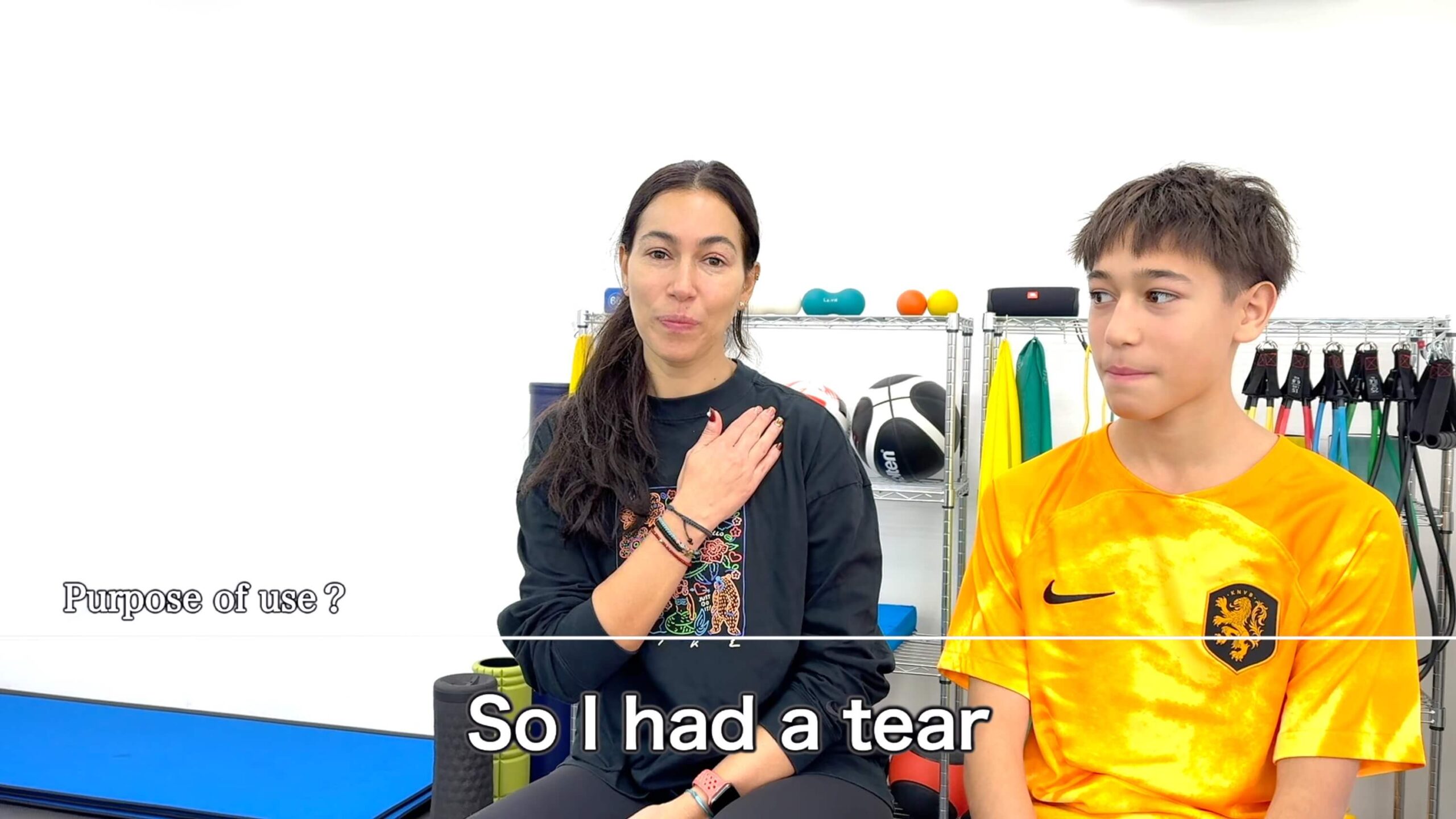
I was seeing several therapists but I didn’t feel like I’m improving.
So when I found this place and especially that you speak English, I consider it coming.
Especially that your rehab is through strengthening muscles, not only massages.
Especially that when my son had his knees injured and I saw the improvement. This is when we considered coming. He actually said you should come to coach Saku.

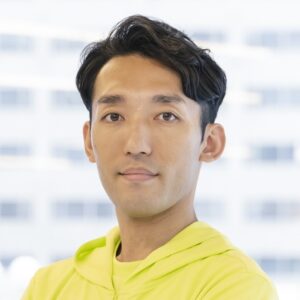
The cause of the pain was damage to a tissue called the labrum within the shoulder joint, making it difficult to improve through massages that couldn’t directly touch the affected area.
With Lifelong’s exercise therapy, the goal was not only to strengthen the rotator cuff but also to learn smooth shoulder movements to avoid putting excessive strain on it.
Reason to choose Lifelong

And it’s like a whole process. There’s a lot of connection between different muscles. It’s not only working on one spot.
And I like the one on one. I like the special treatment. I like that you differentiate a lot between the clients.
I can tell that you don’t have one thing that you do to everybody. Each person has a different set of exercise and rehab and workouts.


Since there was no specific muscle or tissue damage, I believe that no matter how much massage was done, the pain wouldn’t improve.
It’s crucial to first identify the “cause of the pain” when conducting rehabilitation. Without understanding what causes the pain and what improvements can alleviate it, progress cannot be expected.
Furthermore, since each person’s body is unique, rather than prescribing a fixed rehabilitation programme based on symptoms, providing a order-made rehabilitation programme tailored to the individual leads to early improvement.
Impression of exercise therapy
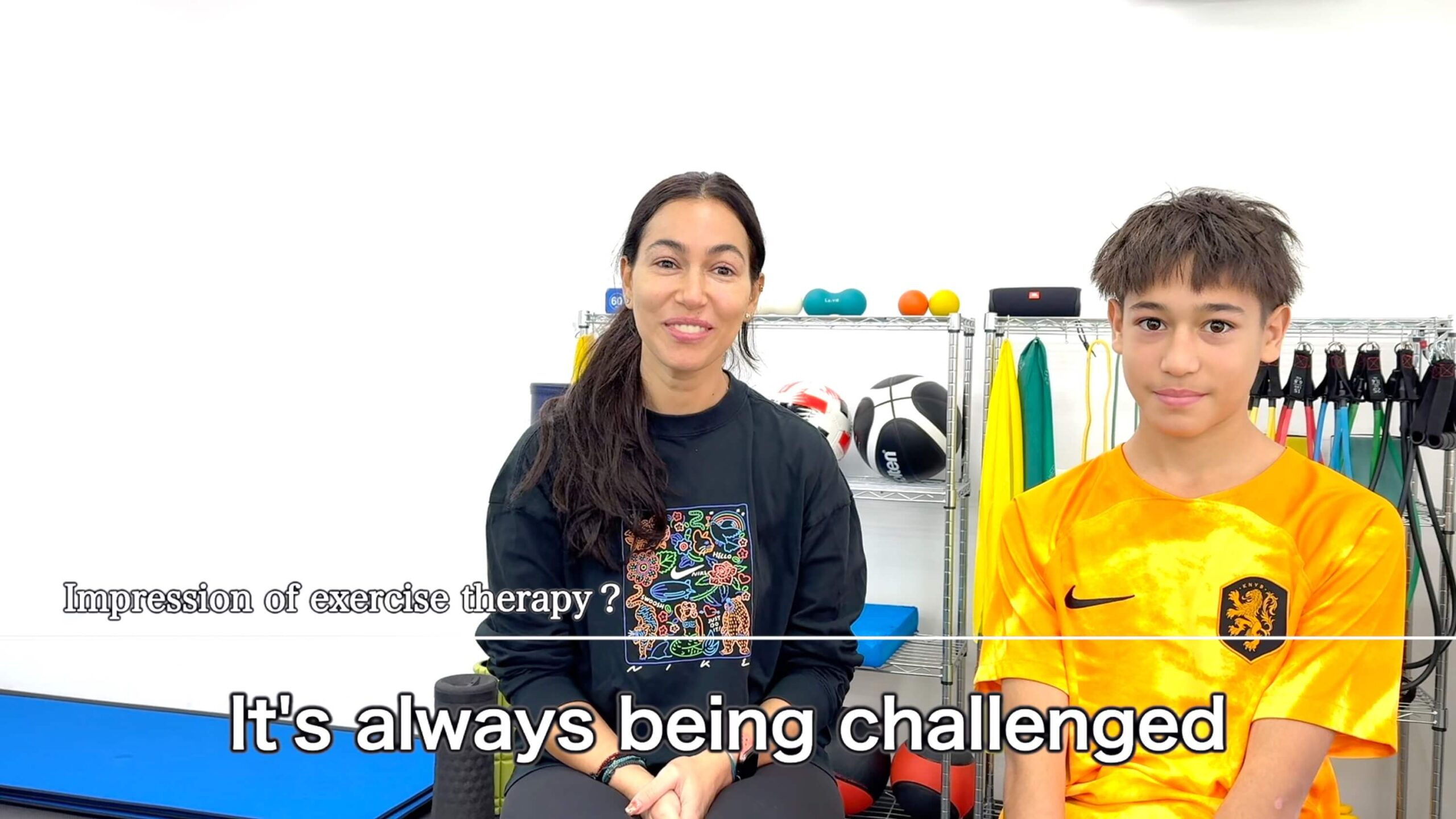
When I first came I was really in pain. But as we started working out, I felt that I am gaining some muscles around and the movements were easier to get done.
And I like that every session is different. When it comes to weights it’s not always the same thing, same weight, same exercises. Each month we have a different set of exercises which makes it not boring.
There’s always something new to learn and I felt like my body isn’t stuck at a certain tone. It’s always being challenged.


As the range of pain-free motion increased, we gradually increased the load and practiced correct posture and muscle usage to prevent the labrum from rubbing within the joint.
At Lifelong, we update the exercise programme approximately every two weeks. Continuing the same routine indefinitely won’t lead to further improvement once the body becomes accustomed to it. The key is to constantly challenge oneself with exercises that are “a little bit challenging,” which is essential for ongoing improvement in physical condition.
Effects of exercise

I can feel now that I can carry things easily.
I teach three and four year old and sometimes I have to carry them. I’m able to do it again.
Even if I want to do some workout at home. I can easily hold like four or five kg and do the exercises. I wasn’t able to do. I can feel the difference and I can see the difference.
Especially with the workouts. I was doing with you at the beginning that were so hard. But then I noticed that I’m able to do it. I can carry heavier weights and I’m more confident. I was a bit scared but now I’m more confident
I can do it really well.


Given her roles, she needed to lift heavy objects and raise her arms in all aspects of her life, so it was crucial to alleviate the pain as soon as possible.
As her strength increased, her joint mobility improved, her posture changed, and she learned effective ways to move her shoulders on her own. Gradually, the pain decreased, allowing her to enjoy daily life again just like before. It was truly wonderful.
How we treated shoulder labrum tear
Layla was diagnosed with a labral tear in her left shoulder joint.
Prior to coming to Lifelong, she had undergone massages and electrical treatments at hospitals and chiropractic clinics, with no improvement noted.
This led me to believe that there was likely no damage to the muscles or ligaments.
Many causes of labral tears involve the inability to move the shoulder joint and scapula smoothly, leading to the labrum getting pinched inside the joint.
When I first observed Layla’s movements, I noticed that the range of motion in her left shoulder was reduced compared to her right shoulder, and when she tried to raise her arm, the upper part of her shoulder would rise as well.
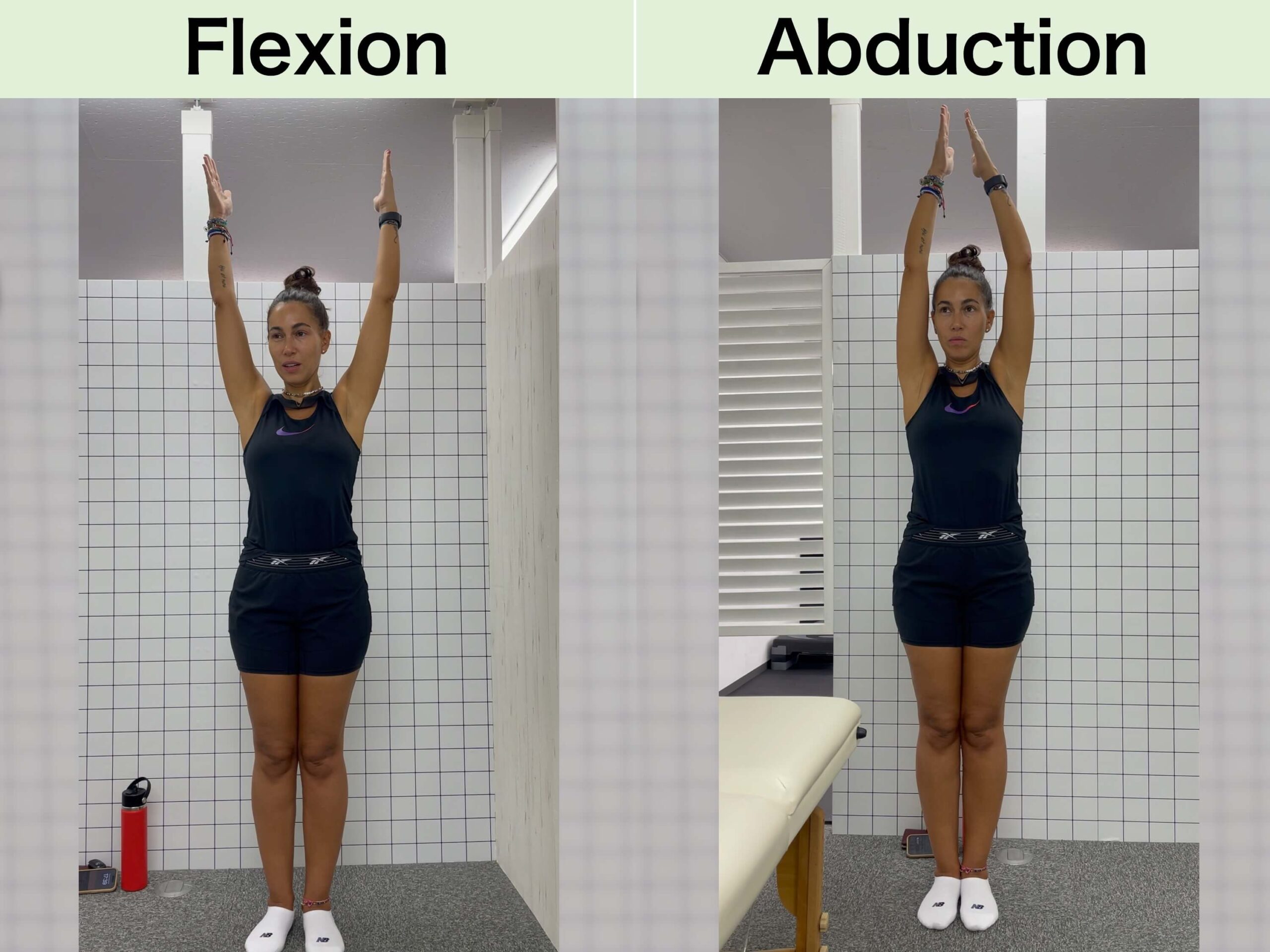
With this movement, Layla experienced a sensation of the joint being jammed inside her left shoulder, accompanied by pain.
Upon checking the range of motion and muscle strength around her shoulder, I found that the muscles in the entire front of her upper body were tight, while the muscles in the back were loose.
Additionally, it was evident that when moving her shoulder, she was overusing the larger muscles and the smaller stabilizing muscles weren’t functioning properly.
Based on these characteristics, I determined that the cause of the pain was “the combination of the tightness in the muscles in the front of the upper body causing the left shoulder to protrude forward like in a hunched posture, and the dysfunction of the muscles responsible for stabilizing the joint, which prevented smooth movement and resulted in pinching of the labrum”.
Specific explanation
Stiffness of the pectoralis major and sternocleidomastoid muscles causing the left shoulder to shift forward.
This leads to a hunched posture, worsening the joint angle when moving the shoulder.
Simultaneously, during shoulder movement, the upper fibers of the trapezius and deltoid muscles become dominant, causing dysfunction in the lower fibers of the trapezius and rotator cuff.
Due to the dysfunction of the muscles around the proximal part of the shoulder joint, the head of humeral doesn’t fit properly into the scapula, leading to pinching of the labrum within the joint.
Without using the important muscles for joint stability effectively by elongating the back muscles and correcting the shoulder joint angle, the labrum continues to be under strain.
It was necessary to provide treatment that didn’t put additional strain on the painful area rather than massaging the painful spot.
At Lifelong, Layla underwent exercise therapy focusing on the following points:
- Stretching the muscles in the front of the upper body
- Strengthening the muscles around the scapula
- Strengthening the muscles that stabilize the shoulder joint
- Performing movements to raise the arms using the scapula
Next goal
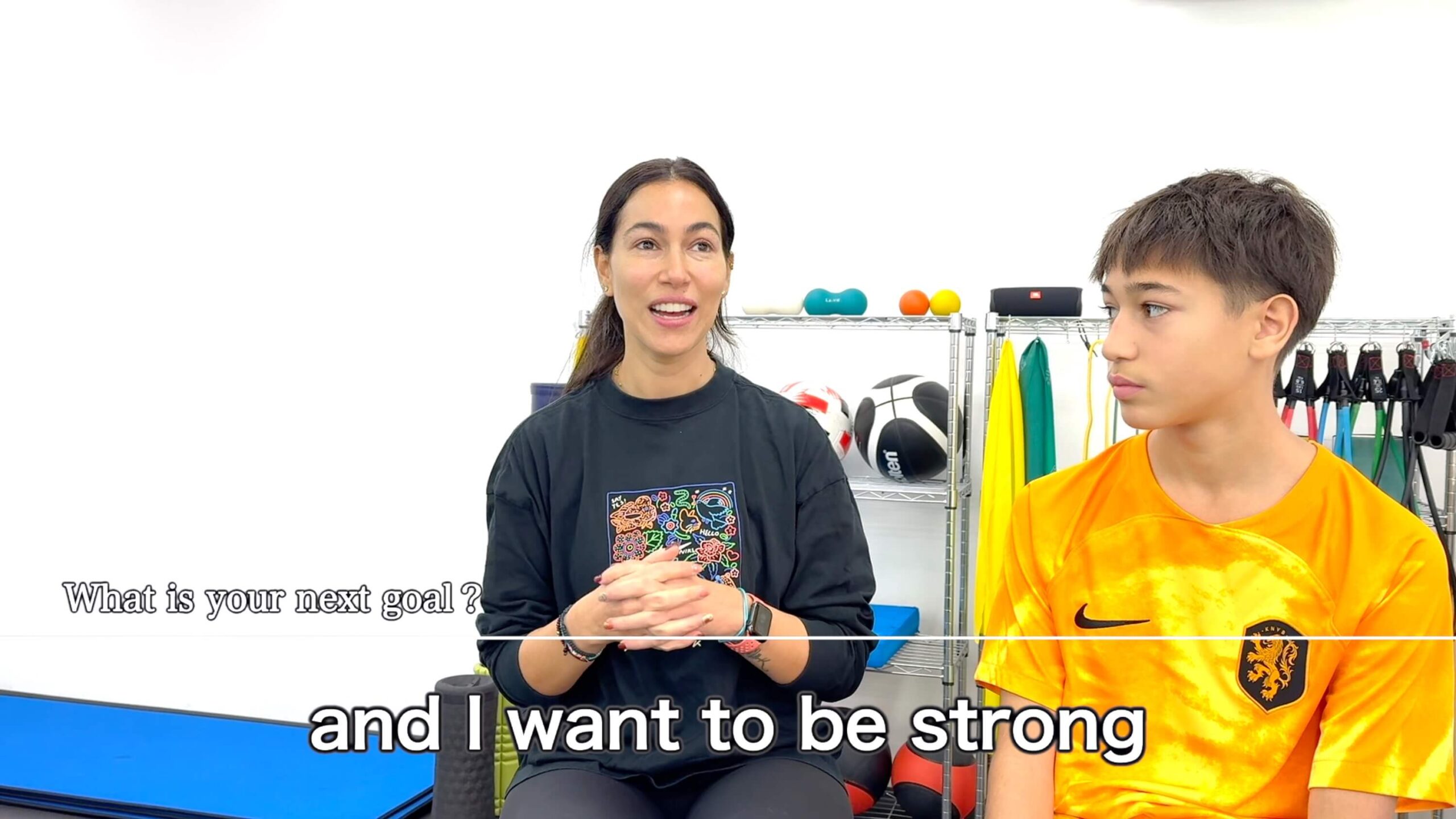
So I think when we feel that my shoulder is 100% recovered, I would like to work maybe on stamina like more cardio workouts and with the muscle gain.


Continuing to exercise may be challenging, but I hope you can set goals and engage in activities that you enjoy, even if just a little, while working towards them.
If you would like to receive treatment and rehabilitation in English from experienced physiotherapists, please do not hesitate to consult with us
ピックアップ記事
-

『Able to run without pain first time since surgery』Feedback of rehabilitation for meniscus tear
2024.06.18
-

『Returned to play football after 1 month of knee pain』Feedback of rehabilitation for Osgood-Schlatter disease
2024.04.23
-

『I couldn’t even carry a pot before coming here』Feedback of Rehabilitation for shoulder labrum tear
2024.04.11


